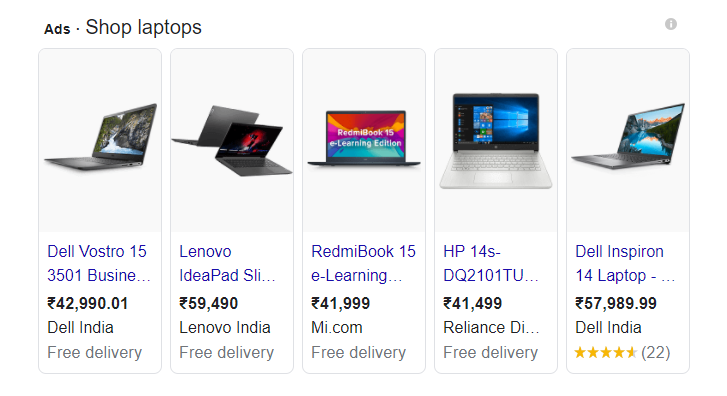Hello, Friends!
Google Shopping Ads – A great source to drive traffic that converts
It just requires some time and effort to get cracking, but ultimately, it pays off. The whole process is computerized and displays the ads to the users at the right time and to the right people.
However, the automatic ads by Google led advertisers to think that they do not require to regulate the ad settings. So, in this tutorial, I will guide you on how you can regain some of the control over the Google Shopping Ads.
Let’s get rolling!
Contents
What are Google Shopping Ads?
Google Shopping is a separate section in the Google search engine where the merchants can promote their products which is also very inviting to the eyes to catch the attention of the users. The products are arranged as grid-like structures in the search engine which also makes it easy for the users to compare them.
Google Shopping Ads is beyond a simple text ad. It displays the searchers, a photo of the product, its title, price, store name, ratings and so much more. Shopping ads appear at the top of the search results.
Why should you use Google Shopping Ads?
Buyers still go to see products to purchase on Google rather than directly finding a particular E-commerce website or application. So it is quite effective to advertise on Google.
The search results have text-based ads which require manually writing the ad copy and keywords.
But the shopping ads offered by Google do a lot for the merchants as its algorithm fetches the data from the store, generates products’ ads, and also adjusts them with the appropriate search queries.
#1 Position ahead in the Google Search Results
Another substantial dissimilarity between shopping ads and search ads is its resolution. Shopping ads are shown at the top of the Google search results, followed by search ads, followed by organic results. As you can observe, there is very little space left for the organic search. While search results are also getting down on the results page
Shopping ads are positioned at the superior priority as their graphic style allures users to click. More clicks also mean more gains for Google but also advantages for the merchants. Today, retailers at a wider range are transforming from search ads to shopping ads. Spending on Google shopping ads has increased to 38% and search ads spend decreased by 12% as against last year.
#2 Show vs Tell
Let’s talk with an example here. Suppose, a person wants to buy a Dell laptop. What would he do? Will he click on the search ad or one of the shopping ads? Search ads only describe the product while shopping ads show actual products.
So if any of the shopping ad products looks the same as the one the searcher is looking for then the chances are high to get the products clicked on. At the same time, shopping ads serve as an assistant to the user when he is unsure about what kind of product to go for.
#3 Intent vs. Interruption
Interruption Advertising is when a youtube video is popped up in between watching a video. When such interruption-based advertisements are shown to a user, he might not have any intention to buy that product at that particular time.
Well, let us compare it with shopping ads that are intent-based. This means that the advertisement is displayed to the user when the user is actively searching for that product. When I search for a Dell laptop, it’s the right moment for the merchants to run ads for that precise laptop. For such ads, CTR and conversion rates are significantly greater.
Wrapping It Up!
We have all witnessed how essential E-commerce has become for businesses in the last year, that is why it is so important to get in touch with a skilled Digital Marketing Agency and launch a data-driven Google Shopping Ad.
If all of it has piqued interest for you, then it’s time you should know how Google Shopping Ads works. We will soon be coming up with the next part of this blog where we will cover the explanation of setting up Google shopping ads.
Happy Reading!


